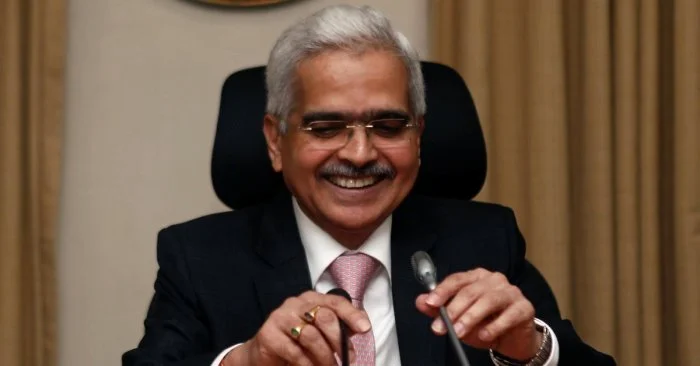“The Rs. 2000 note was introduced with the specific purpose of replenishing currency during the demonetisation; the purpose has been served. ” There is no pressing need for the general population to hurry to banks as there is still sufficient time remaining (four months). According to the Governor of the RBI, Shaktikanta Das, “We expect most notes to return.”

The Reserve Bank of India Governor Shaktikanta Das said on Monday while updating members of the media on the decision to withdraw the notes from circulation that the objective of introducing the Rs. 2000 notes has been served and that we expect all of the Rs. 2000 notes to return. The decision was made to remove the notes from circulation.
“The timeline has been narrowed down to the 30th of September in order to ensure that the announcement is taken seriously. “We assure people in India as well as citizens living abroad or not in the country, RBI will be sensitive to any difficulties people face,” he said, adding, “Rs 2000 was introduced with the specific purpose of replenishing currency during demonetisation; the purpose has been served.” There is no pressing need for members of the general public to hurry to financial institutions because they still have four months of time. We anticipate receiving the majority of the notes back.”
The Governor of the Reserve Bank of India (RBI) stated, with the intention of calming people’s fears, that “not just with the RBI but also currency chests” there are more than ample quantities of newly minted banknotes accessible.
The governor of the Reserve Bank of India (RBI) shot down rumours that the security of the currency had been breached. He stated that the safety mechanism of these high-value currency notes had not been compromised in any way. The majority of security flaws are caused by actors located outside of the country. Notes with a high market value are more likely to be copied.
The Reserve Bank of India (RBI) issued a directive earlier in the day instructing banks to keep daily records of deposits and exchanges using Rs. 2000 banknotes and to present those records on demand.
The statement read, “The facility of exchange of Rs 2000 banknotes across the counter shall be provided to the public in the usual manner, that is to say, in the same manner that was being provided previously.” In light of the fact that summer is rapidly approaching, the Reserve Bank of India (RBI) has issued a notification advising banks to ensure that their branches are equipped with the necessary infrastructure, such as shady waiting areas, water fountains, and other similar amenities.
The Reserve Bank of India (RBI) made the unexpected announcement that the Rs 2,000 currency notes would be removed from circulation last Friday. However, the public was given till September 30 to either deposit the notes into accounts or exchange them for other cash at banks. In contrast to the unexpected nature of the demonetisation that took place in November 2016, when old Rs 500 and Rs 1,000 notes were rendered worthless overnight, the Rs 2,000 notes will continue to be accepted as legal cash.
Even though the facility for exchange has been available since May 23, numerous consumers were observed visiting their branches with Rs 2,000 notes over the weekend. This is despite the fact that the facility for exchange has been available since May 23. Officials from the bank then returned these consumers after informing them of the beginning date for the exchange.
On Saturday, a few of the customers deposited Rs 2,000 notes into their accounts by using the automated teller machines that accept cash deposits. Many people have looked into purchasing gold and other precious metals from jewellery stores. However, jewellers in many regions of the country are hesitant to take Rs 2,000 notes and ask for additional KYC documentation for cash purchases that are outside the scope of what is prescribed.